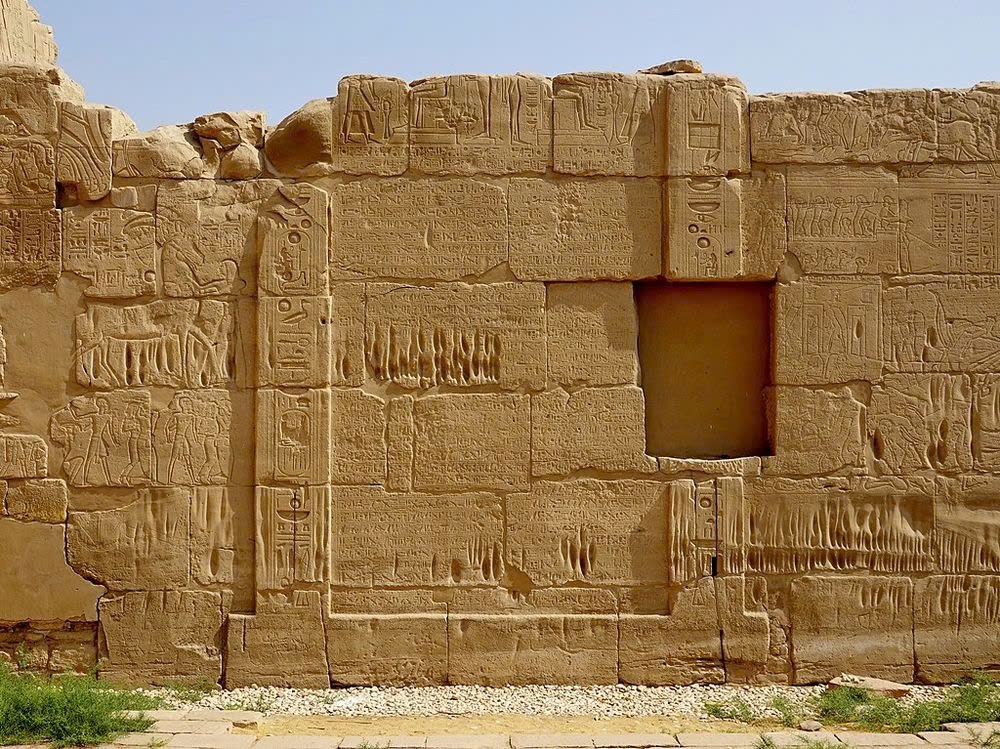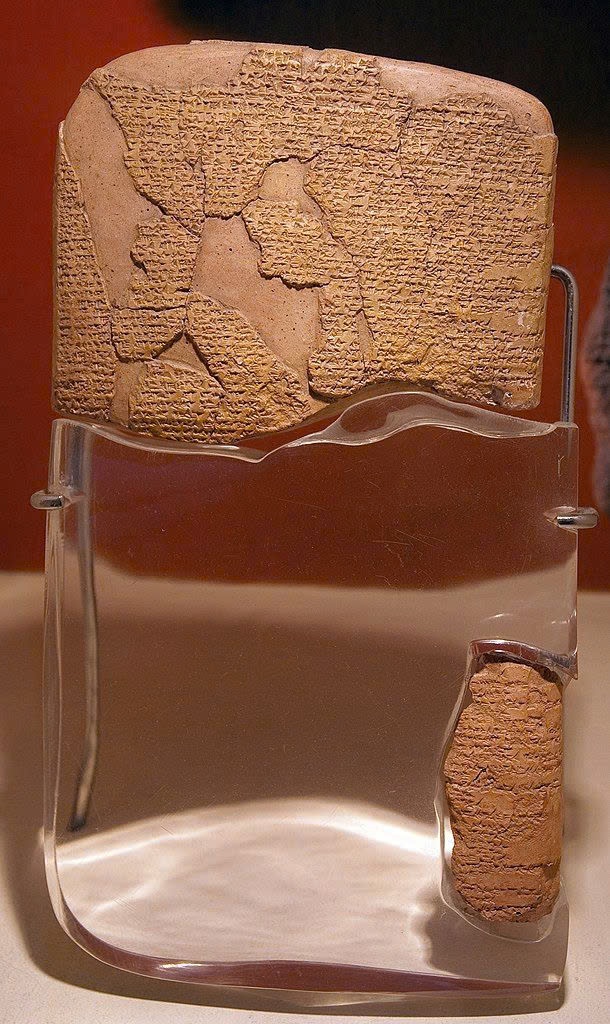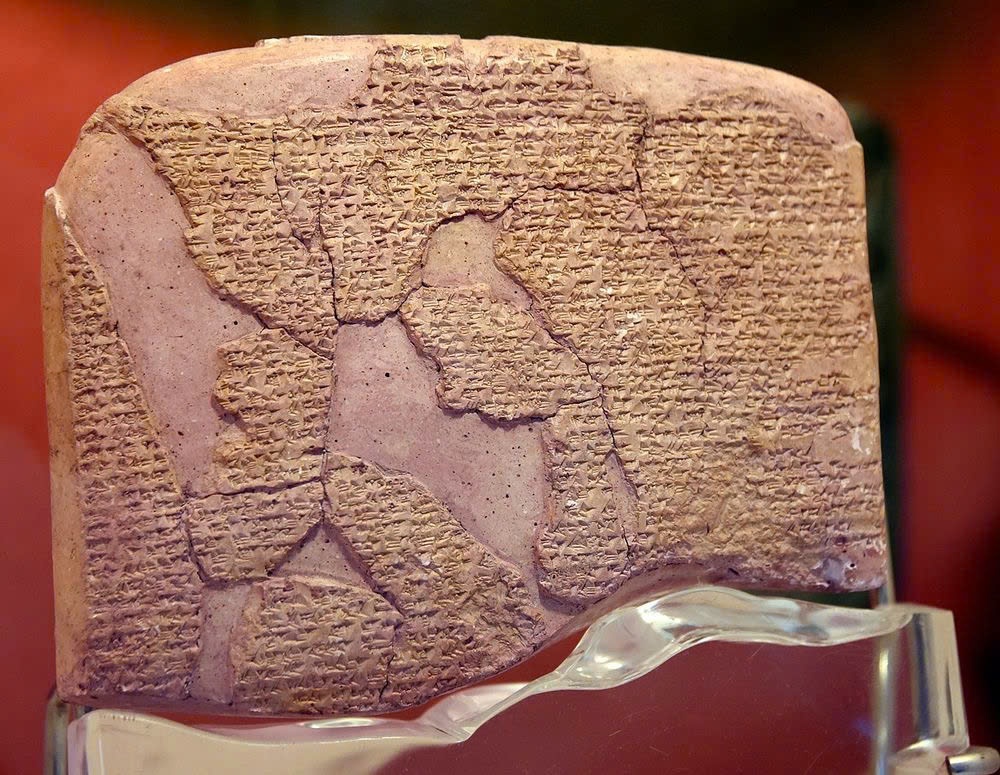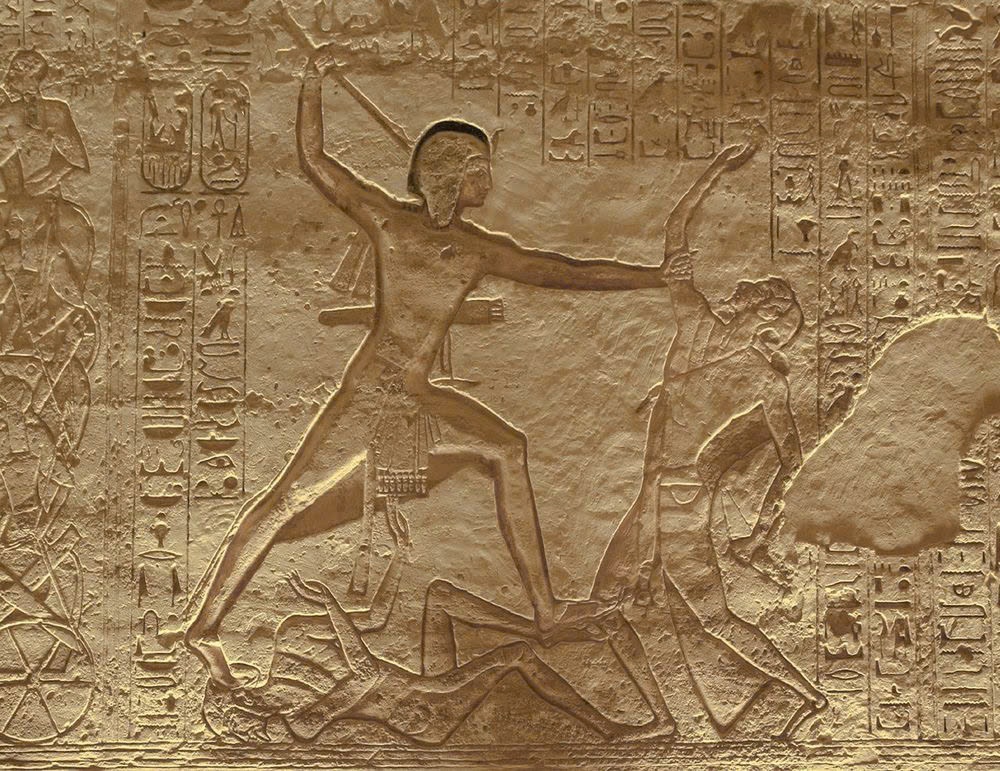In the heart of Egypt, near Luxor, the walls of the Karnak Temple and Pharaoh Ramesses II’s temple in Thebes hold a secret. The hieroglyphics carved into these ancient stones describe a great battle against the “Great King of Khatti” and the subsequent peace treaty. For centuries, these inscriptions remained a mystery until Jean-François Champollion’s translation in the early 19th century sparked Western interest in Ancient Egypt.

As researchers delved deeper, they identified the “Great King of Khatti” as the ruler of the Hittites, an ancient civilization that once dominated central Anatolia, now modern-day Turkey. In 1906, German archaeologist Hugo Winckler made a remarkable discovery of 10,000 clay tablets in the ruins of Hattusa, the ancient Hittite capital, among which three tablets contained the text of a treaty that matched the inscriptions in Egyptian temples.

The Egyptian-Hittite peace treaty, known as the Treaty of Kadesh, was signed around 1258 BC and is recognized as the world’s first recorded peace treaty. Its contents reveal a sophisticated approach to international relations, with both sides committing not to engage in aggression, repatriate criminals, and provide mutual assistance.

The treaty also invoked divine witnesses, warning that violations would incur divine punishment. The Treaty of Kadesh ushered in a period of peace and cooperation between Egypt and the Hittite Empire, allowing Ramesses II to focus on monumental building projects.

While the original silver tablets have been lost, clay copies remain and can be viewed in museums today. A copy of the treaty is also proudly displayed at the United Nations Headquarters in New York City, serving as a reminder of humanity’s long-standing pursuit of peace.
Video

